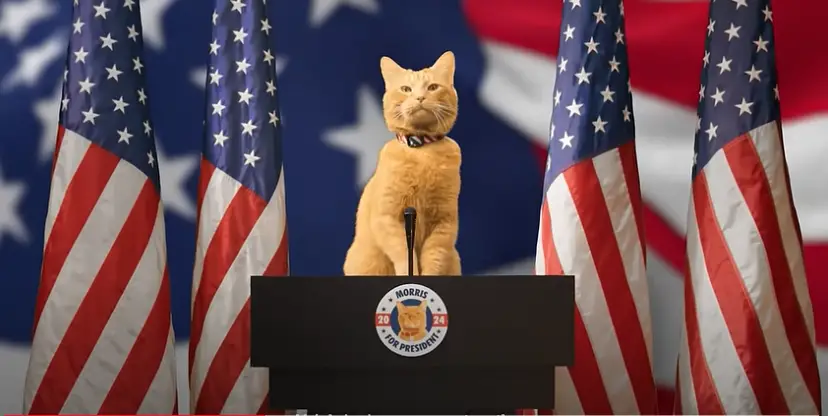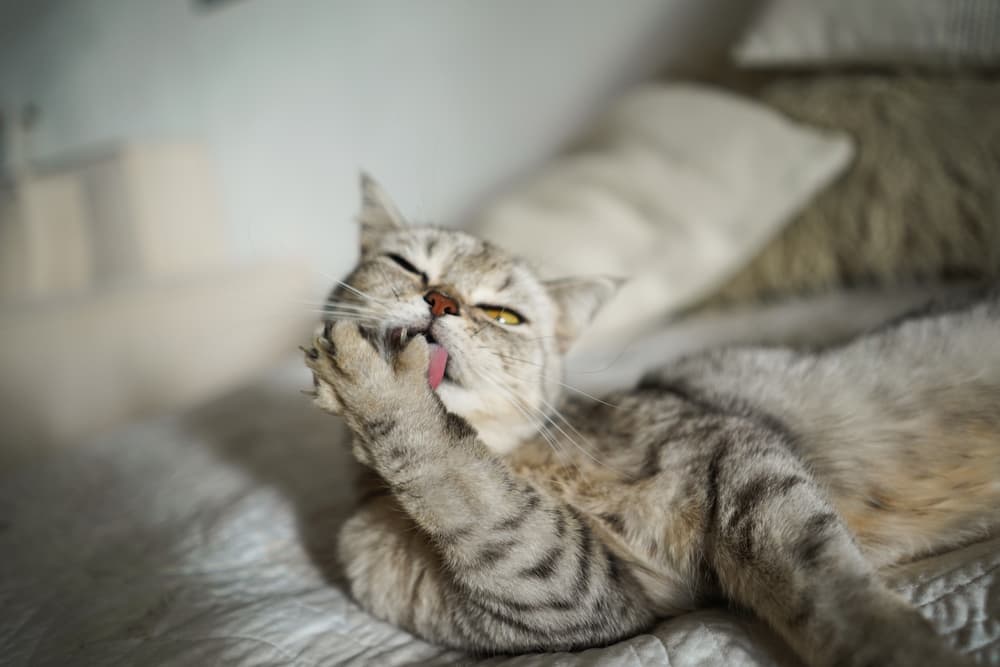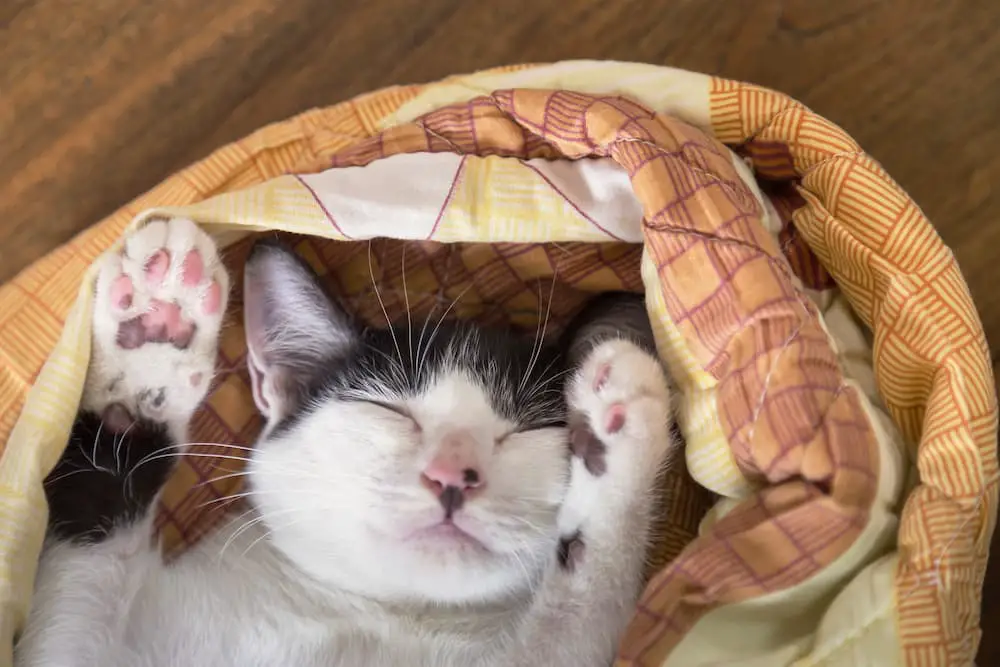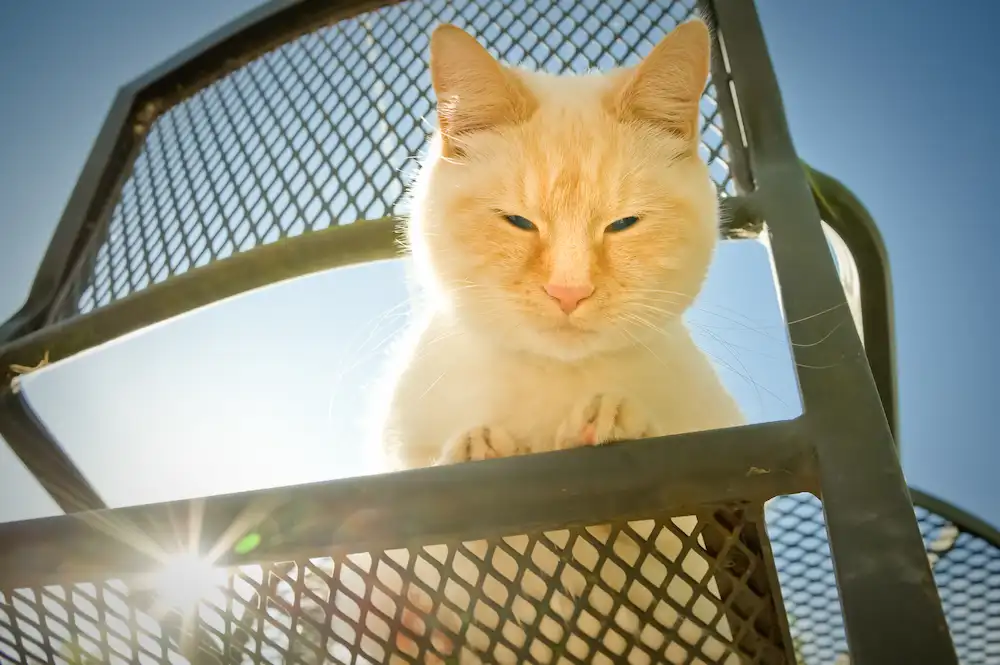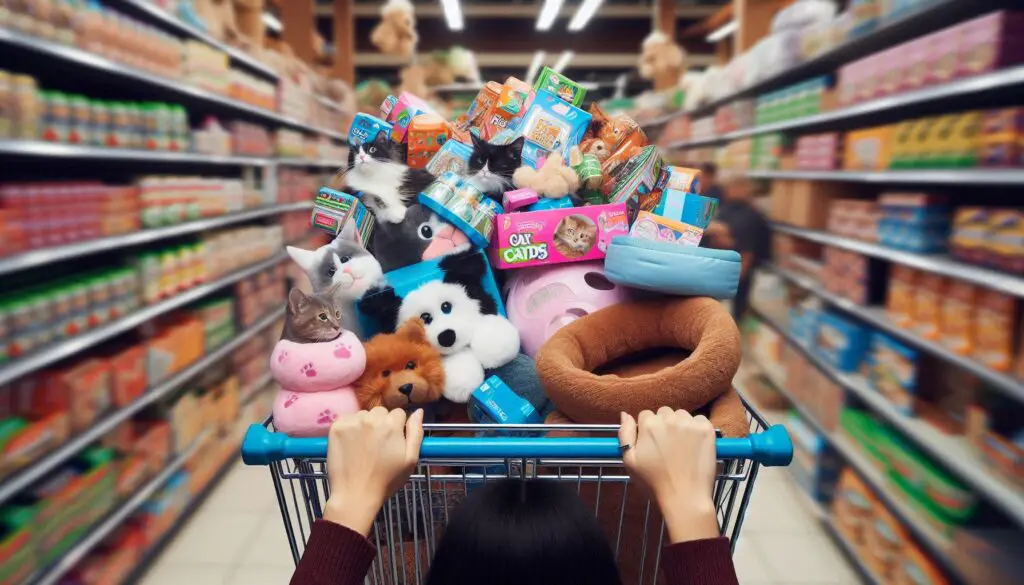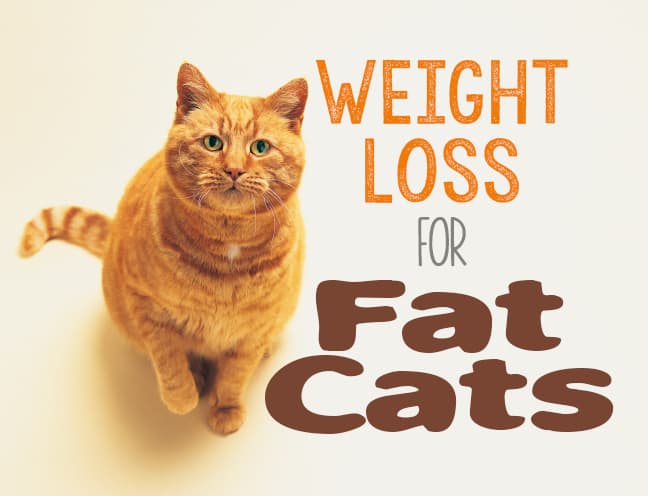There’s no denying it, many cats are overweight. And while there are obvious health risks associated with obesity in felines, there are also some less-obvious problems to consider. Excess weight can lead to joint problems, diabetes, and a host of other health issues. If your cat needs to lose a few pounds, here are five tips to help get them started.
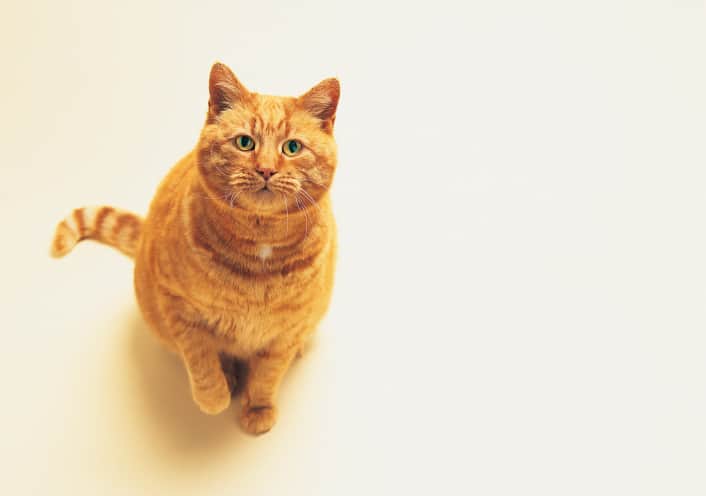
According to the Association for Pet Obesity Prevention, more than half of the cats in America are overweight or obese! That’s a shocking 55 million cats at risk of developing osteoarthritis, diabetes, high blood pressure, heart and respiratory disease, joint problems, kidney disease, many forms of cancer, and decreased life expectancy.
We all love our cats, and many of us have loved them to the point of fattening them up, but let’s not love them to death, okay?
Here are some tips to help your plump cat lose weight:
Know Your Cat’s Ideal Weight
First, you need to know if your cat is really overweight, and what he or she should really weigh. Most cats should weigh between 8 and 10 pounds but different breeds will weigh more or less. Your cat is at a healthy weight if you’re able to easily feel her ribs, if you can see her waistline if you view your cat from above, or if your kitty doesn’t have a sagging fat belly. That said, your veterinarian is most qualified to tell you if you have a fat cat and how much weight your cat needs to lose.
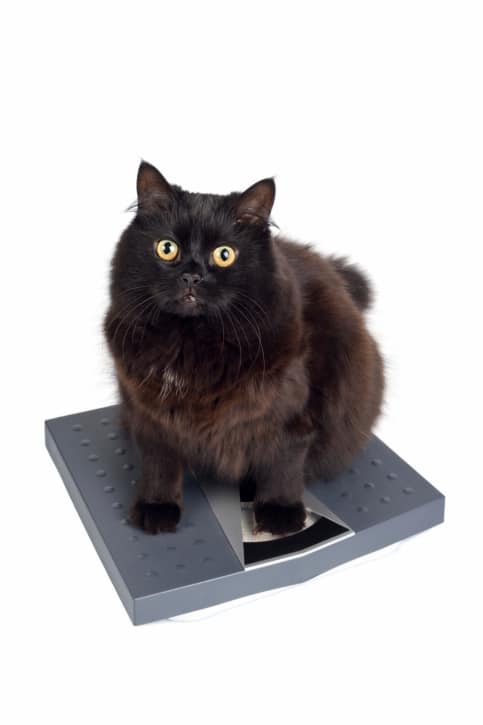
Your veterinarian may tell you that your kitty needs to lose a few pounds, and that may not sound like much. But to put it into perspective, three extra pounds on a cat is the equivalent of 42 extra pounds on a 140-pound woman!
Stop Free Feeding
Free feeding, or leaving food down all day for your cat to graze on (and refilling the bowl when it’s empty) is one of the biggest reasons cats pack on the pounds. Yes, free-feeding is convenient, but by free-feeding dry food, it’s far too easy for your kitty to eat more than his daily caloric requirement.
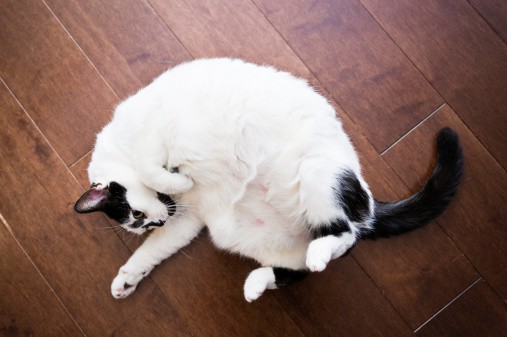
Put your furkid on a feeding schedule and feed him twice a day. Get a measuring scoop and feed him the recommended amount according to his desired weight, spread out over two or three feedings. If twice-a-day feedings don’t work for your schedule, you can get a programmable feeder—we recommend this one—that will feed your cat according to a schedule that you set.
Your cat will fuss at first when you switch from free feeding to scheduled feeding, but will eventually get used to it. Don’t give in! His health is more important!
Switch To A Canned Food Diet
Cats are obligate carnivores, meaning they require a meat diet. Many dry foods are high in grains and carbohydrates that – just like in humans – are responsible for packing on the pounds. Often times just switching to an all-canned food diet will be enough to get your cat to start dropping weight! Just be aware that cheap canned food can be full of just as many fillers as dry food, so go for high-quality canned food, like Halo, Now!, or Weruva.
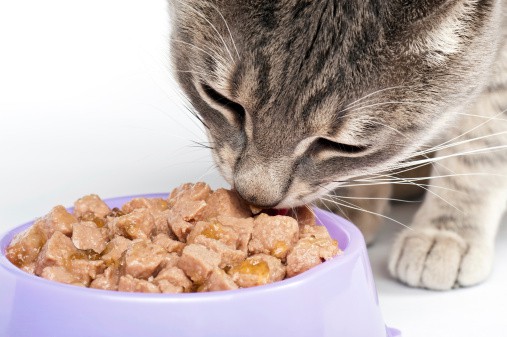
Beware of Hidden Calories
You might be surprised at just how many extra calories your cat is getting every day when you give her treats! A 10-pound cat needs only about 275 calories each day to maintain a healthy weight. Most cat treats are 1-4 calories each, so take that into account when your chubby kitty is on a diet, and reduce the number of treats you’re feeding. Also, be aware of any “human foods” you give your cat. A 2-inch slice of cooked chicken breast, for example, is 27 calories! It may not seem like much, but they add up quickly.
Try to replace treats with a chin scratch and some cuddle time instead!
Motivate your Cat to Move!
Play “Find the Food” by moving your cat’s food bowl to a different location each time you feed him.
Use feather toys, like DaBird, RompiCatz, or Jackson Galaxy’s new toys to bring out your cat’s natural prey drive and get him moving! Find out what gets him excited and aim for at least 20 minutes of playtime every day.
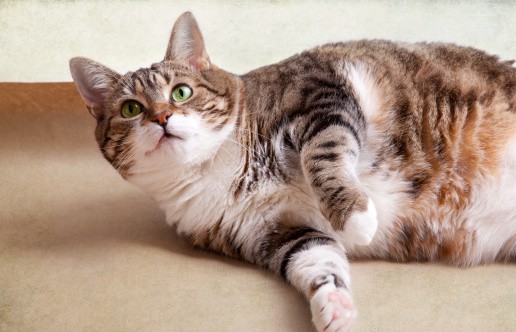
If it seems like food is the only thing that motivates your cat, make him work for his meal! Put his meal inside a food ball and he’ll have to roll the ball around to get his food out of it.
A Word of Caution When Helping Your Cat Lose Weight
It’s not safe for your cat to drop too much weight too quickly! In fact, cats that lose weight too fast are at risk of developing hepatic lipidosis, a potentially fatal liver disease. So, make a weight loss plan with your veterinarian and stick to it. It’s a good idea to get a digital baby scale and weigh your cat weekly. He should safely lose about 1% of his weight each week.

Do you have a fat cat on a diet? What is working for you? Share with us below!


